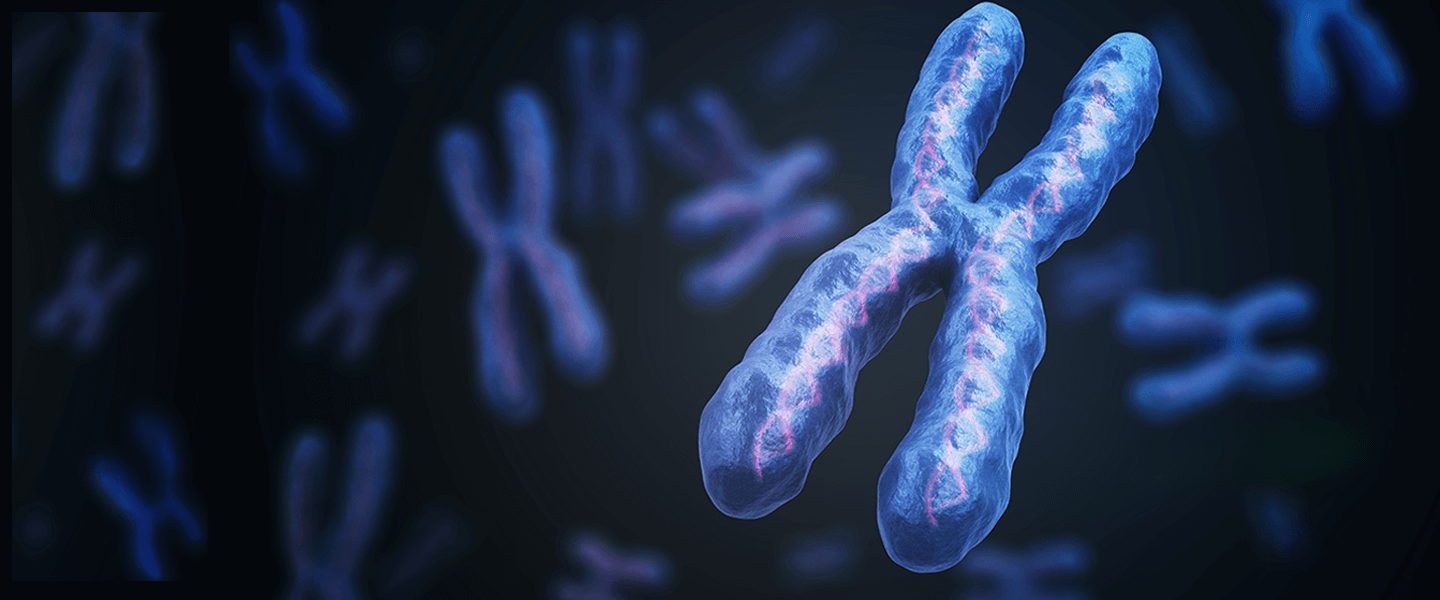Team Reports on Search for Genetic Subgroups Within Depression
Team Reports on Search for Genetic Subgroups Within Depression

An international team of researchers studying a large sample of people in the United Kingdom has made important observations about the relationship of depression and seven other illnesses which sometimes co-occur with depression.
The findings, published in Translational Psychiatry, shed new light on the relationship of illnesses that share some of the same genetic risk factors.
A team led by 2018 BBRF Young Investigator David M. Howard, Ph.D., of Kings College London and the University of Edinburgh, examined data in the UK Biobank, which includes the genetic information of 501,726 individuals. The team focused on genetic information from two sets of depressed individuals, diagnosed using different assessment methods, but all of whom completed an online mental health questionnaire. This yielded a total study population of 62,511 individuals with depression and 132,198 non-depressed controls.
People with depression report a wide variety of symptom combinations. The researchers proceeded from the assumption that being able to find genetically defined subtypes of depression might help reveal underlying disease mechanisms as well as enable the more precise targeting of treatments for specific subgroups.
Studies of the human genome conducted over the last two decades have validated many hundreds of “risk variants” for different psychiatric (and other) disorders. These risk variants consist of as little as a single “letter” of the 3-billion-letter DNA code and as much whole chunks of chromosomes that either move, repeat, or are missing.
The specific question addressed by Dr. Howard and colleagues was: in disorders that share “risk locations” in the genome with depression, are these risk areas shared within subgroups of depressed people, or do the risk areas occur throughout the depressed population? To give an example: some of the same DNA variations seen in people with bipolar disorder are also seen in people with depression. Is there a subgroup of depressed people who carry these shared variations, or are the variations seen across the population of depressed people?
Studies of this kind are only as strong as their statistical power. The team determined that genetic data for seven disorders (of a total of 25 “traits” examined) was strong enough in statistical terms to power a meaningful analysis relative to genetic data for depression.
The seven disorders were: schizophrenia, bipolar disorder, ADHD, autism spectrum disorder, anorexia nervosa, inflammatory bowel disease, and obesity. All have some genetic risk factors in common with those seen in depression.
Did the DNA risk variations seen in depression and any of these conditions tend to gather in a subgroup in the UK Biobank sample? The answer was no, in each case. This means, for instance, that in this large sample drawn from the general population, people with depression who shared genetic variants with people who had schizophrenia, for example, didn’t fall into a subset within the depressed group. Rather, the DNA variations common to the two disorders tended to be scattered across the entire population of depressed participants.
This points to a phenomenon that geneticists call “pleiotropy,” in which a single gene or DNA element generates two or more effects independently of one another.
Discovering pleiotropy in this large sample of depressed people is by no means a “negative” result. It suggests that in trying to understand the relationship of depression to the seven disorders it was compared with, and with which depression shares genetic risk factors, those risk factors work in highly complex, and quite possibly unrelated ways, to generate symptoms or pathologies in each of the illnesses.
The study also calls attention to the importance of other approaches to stratifying the depressed population, which may indeed generate useful subtypes that will aid understanding of disease causation and could help individualize treatments. A few examples of other potential stratifying criteria are depression severity, symptom combinations, and response to antidepressant treatments, the team noted.
The team’s senior member was 2010 BBRF Independent Investigator Andrew McIntosh, M.D., FRCPsych. It also included: Patrick Sullivan, M.D., FRANZCP, 2014 BBRF Lieber Prize winner; Gerome Breen, Ph.D., 2007 BBRF Young Investigator; and David Porteous, Ph.D., 2008 BBRF Distinguished Investigator.




